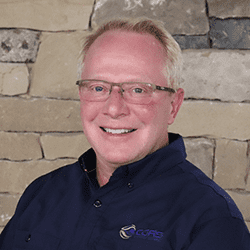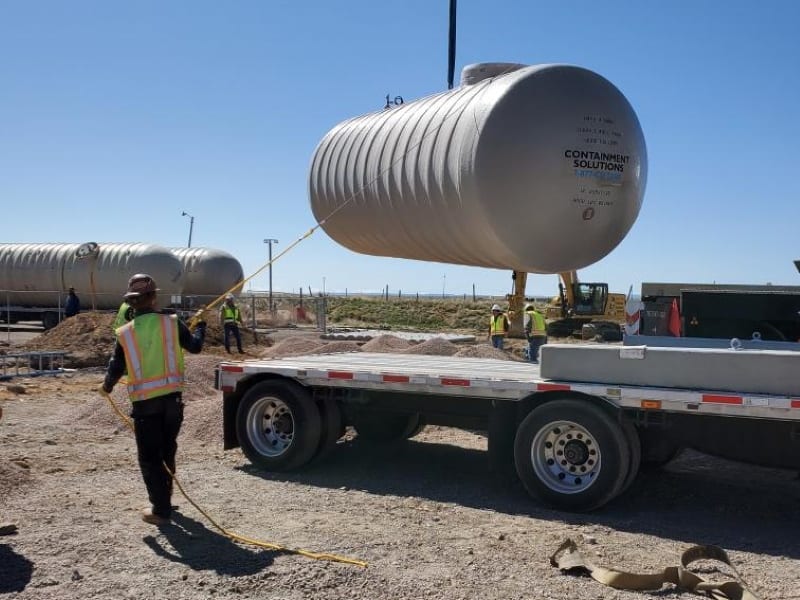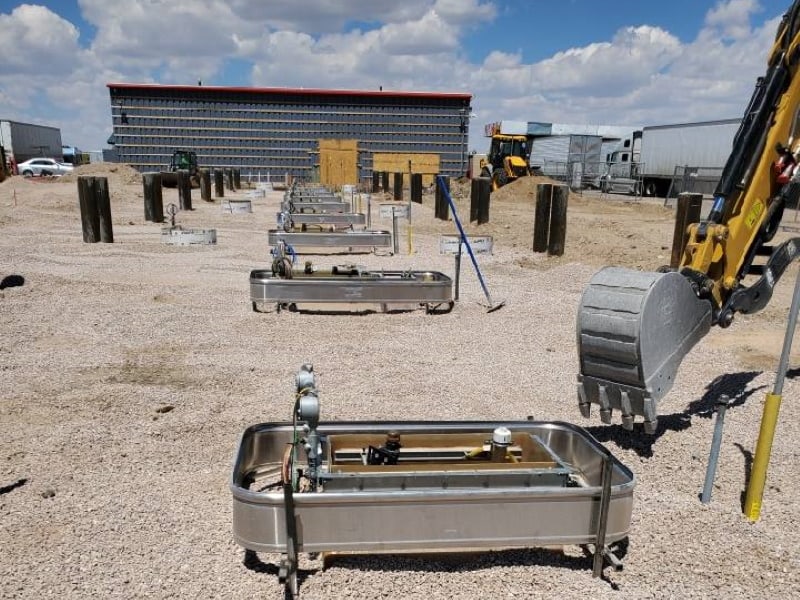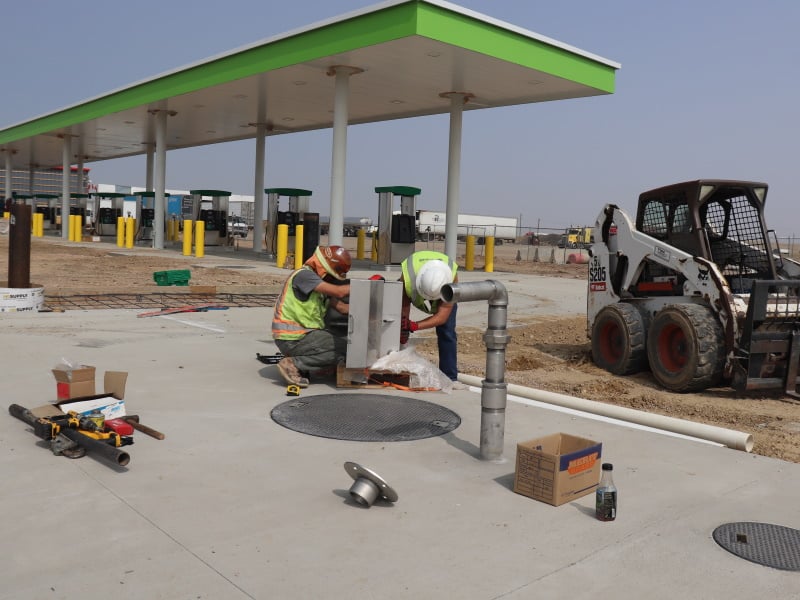Akal Travel Center Diesel Fuel System Design-Build
Laramie, Wyoming
CGRS recently wrapped up the construction of a new diesel fuel system at the popular Akal Travel Center outside of Laramie, Wyoming.
The system is part of owner Akal Energy’s plan to expand the center, according to Mintu Pandher, operations manager. Other renovations include more showers and beds for truckers; additional retail and restaurant space; and new fuel dispensers for the general public.
The center is convenient for weary travelers who not only need a full tank, but also may enjoy an authentic and scrumptious Indian meal and souvenirs they wouldn’t normally find at a truck stop (think “India”).
The fact that the center includes authentic Indian food, which has recently received national attention, has brought more customers with diverse backgrounds to Akal, Pandher said.
“We have pretty much everything that other truck stops have but we add more variety to it,” he noted.
The site was built in 1968 and was due for renovations and expansion to meet the demand for fuel, food and other conveniences, Pandher said.
Construction on the diesel fuel system began at the end of May and was substantially completed by the end of September. The scope of work included:
- Generating fuel system and canopy design plans and specifications required to secure permits with the State of Wyoming, Department of Environmental Quality (DEQ) and the local fire jurisdiction.
- Installing two double-walled fiberglass tanks with wet interstitial to store No. 2 diesel fuel
- Installing fiberglass product piping underground with associated hard connections and transitions to the turbine sumps and under dispenser containment (UDC).
- Installing one 4-horsepower (hp) variable-speed submersible pumps in each of the USTs and one 1.5-hp into the DEF UST to ensure exceptional flow rates during peak use
- Installing nine PCI-compliant dispensers total: seven master/satellites, and one single-sided master and one satellite
- Installing a new leak detection console to monitor for fluid in the turbine sumps, UDCs and tank interstitial collection areas
- Building an electrical service and fuel control building southwest of the USTs
- Constructing a 28’ x 192’ x 17’ foot fueling canopy
- Installing nine stainless steel fuel islands
- Concrete surfacing – a total of approximately 9,700 square feet – over the USTs and fueling islands
- Installing emergency shutoff controls at the fuel desk, in the fuel control building and at two fuel islands
- Installing a diesel exhaust fluid (DEF) system including one 8,000-gallon double wall, fiber-reinforced plastic tank with dry interstitial to hold DEF, with a remote fill, a single-wall containment sump, and probe and sensors; the DEF piping and recirculation system connects to the eight master dispensers
- Installing emergency equipment and signs
- Performing post-installation testing on all portions of underground piping to ensure quality installation prior to backfilling using CGRS’s own iota® Enhanced Leak Detection method
- Starting up the system, interfacing the POS with the dispensers and network, purging all product lines and registering the system with the DEQ
While the end result is a meticulous and attractive diesel fueling station, the road to get there was not without a few obstacles.
Drew Higgins, CGRS Refined Fuels Construction Project Manager, noted subcontractors as well as parts and equipment are hard to come by in the remote area. He was only able to find two or three local subcontractors; the rest had to drive up from Colorado. It also was essential that his team took what they needed to the job site every day, as there were no quick trips to a local hardware store.
The first major roadblock in the job itself came when the CGRS crew discovered that some of the piping and fittings were leaking at multiple locations after installing and testing them.
With approximately 2,500 linear feet of piping, the crew tested 200 feet at a time and used helium locate, soap and air, and CGRS’s iota® Enhanced Leak Detection methods to hone in on the leaks. The crew then replaced all of the defective piping.
CGRS faced another delay when it had to return and wait for the replacement of a dispenser that was damaged when it arrived, forcing the team to forego operations for a few weeks. Once the new dispenser arrived, they finished installing the system within a couple of days.
Higgins said Pandher was easy to communicate to about the project, including when problems lead to delays.
Issues arise that are outside of a contractor’s control, but CGRS did an excellent job installing the system, Pandher said.
“We like the quality of the work and communication,” he noted. “Those were the main key. Everything else is kind of secondary.”
Pandher said he hopes to turn on the new diesel dispensers by the end of the month and will keep the old ones operating until any kinks are worked out. The center’s other renovations already in the works won’t be completed until late January or February, depending on weather.






